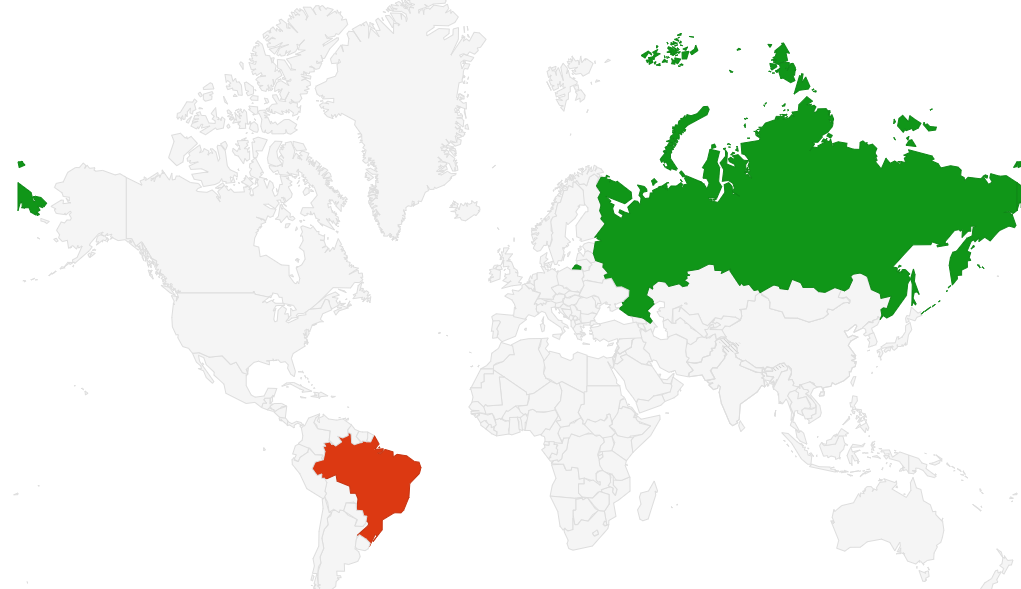We report the inhibitory effect of peptide extracts obtained from seven medicinal plants against a causative agent of late blight disease Phytophthora infestans. We find that all the extracts possess inhibitory activity toward the zoospores output, zoosporangium germination, and the development of P. infestans on potato disc tubers at different quantitative levels. Based on the biological effects detected, an extract of common horsetail (Equisetum arvense) biomass is recognized as the most effective and is selected for further structural analysis. We perform a combination of amino acid analysis and MALDI-TOF mass spectrometry, which reveal the presence of Asn/Asp- and Gln/Glu-rich short peptides with molecular masses in the range of 500–900 Da and not exceeding 1500 Da as the maximum. Analytical anion-exchange HPLC is successfully applied for separation of the peptide extract from common horsetail (E. arvense). We collect nine dominant components that are combined in two groups with differences in retention times. The N-terminal amino acid sequence of the prevalent compounds after analytical ion-exchange HPLC allows us to identify them as peptide fragments of functionally active proteins associated with photosynthesis, aquatic transport, and chitin binding. The anti-oomycete effects may be associated with the conversion of ribulose-1,5-bisphosphate carboxylase/oxygenase to produce a number of biologically active anionic peptides with possible regulatory functions. These data inform our knowledge regarding biologically active peptide fragments; they are the components of programmed or induced proteolysis of plant proteins and can realize secondary antimicrobial functions. View Full-Text








